Photo Gallery
Launch Day! (Added August 9th)
The payload includes three experiments: solar cell efficiency, static charge, and mercury levels. Each operates on its own Basic Stamp. Vacant football field in Mt. Horeb, WI. 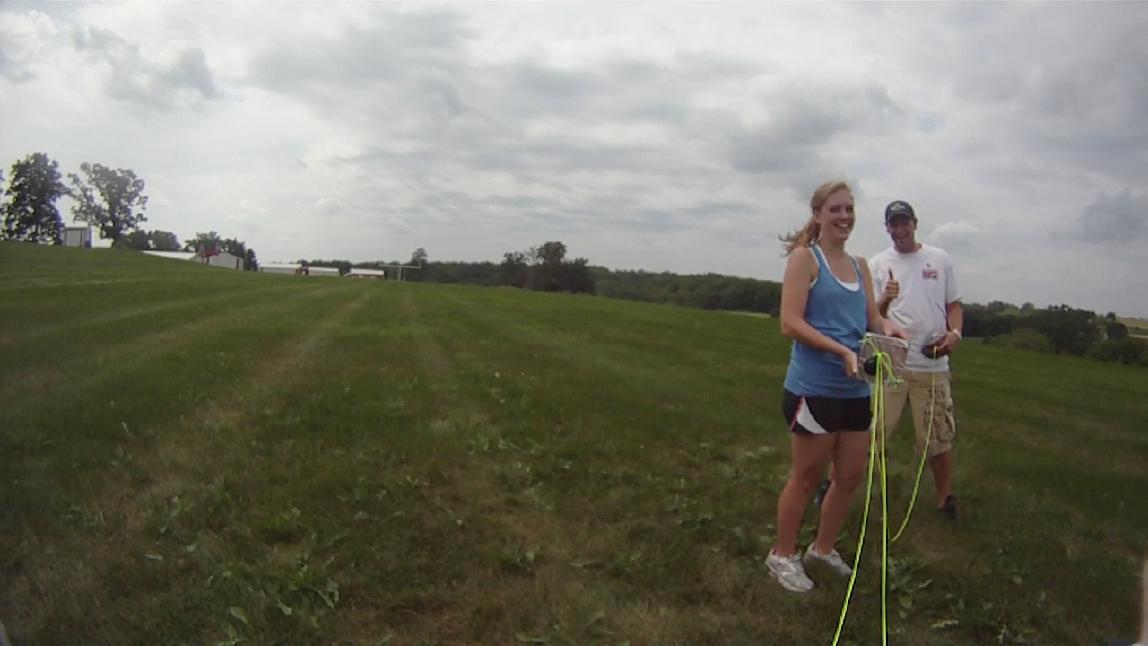 Wishing the payload luck on its last few seconds on the ground. All images now are video stills taken from the HD GoPro helmet cam. 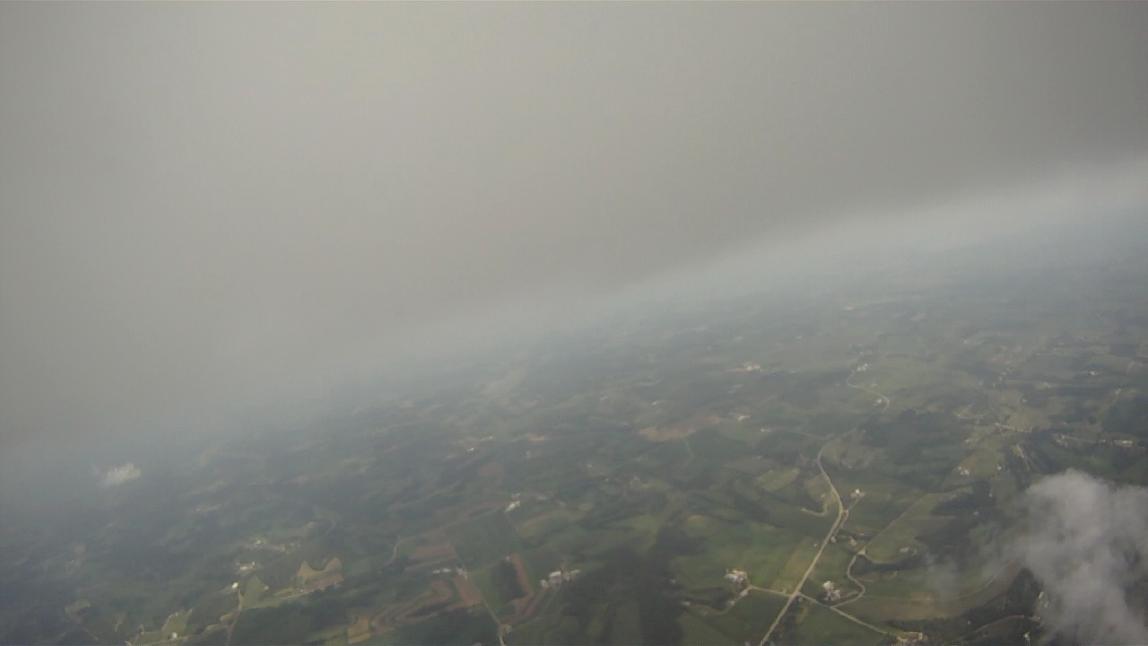 Entering the clouds very soon after launch. 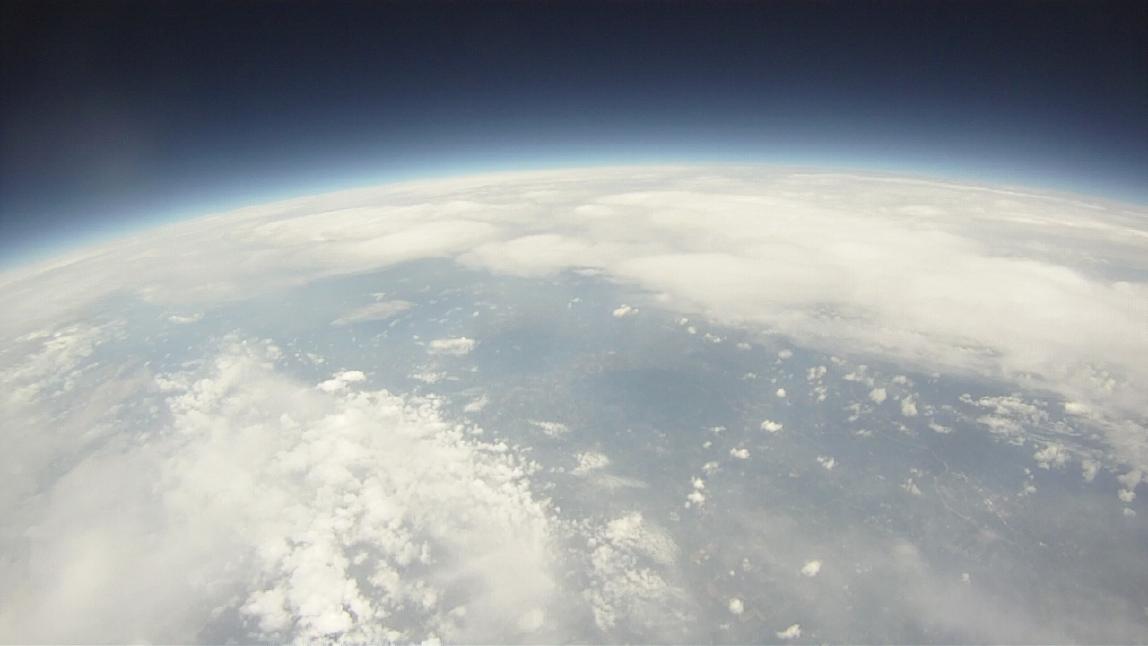 Peak altitude: 90,912 ft. or 17.2 miles. | Only gloved hands are allowed to contact the balloon. After the death of our first balloon, tension was a little high. This would be where the team cheers and sighs in relief. 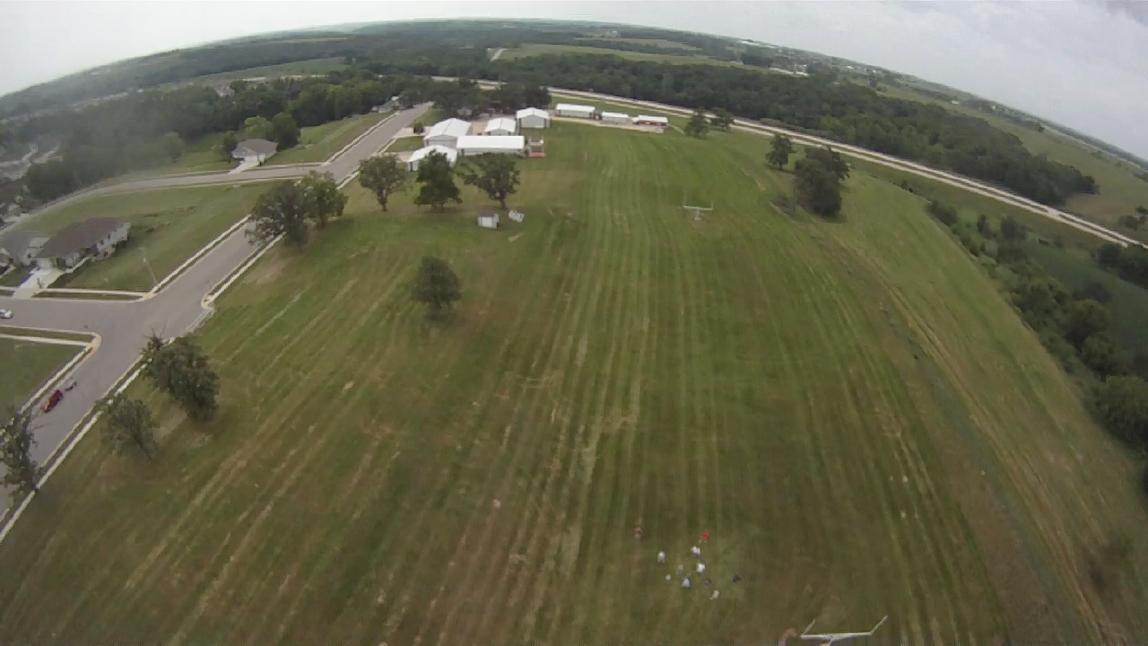 The balloon took off rapidly, this shot coming only seconds after liftoff. Both the balloon and launch teams are visible. 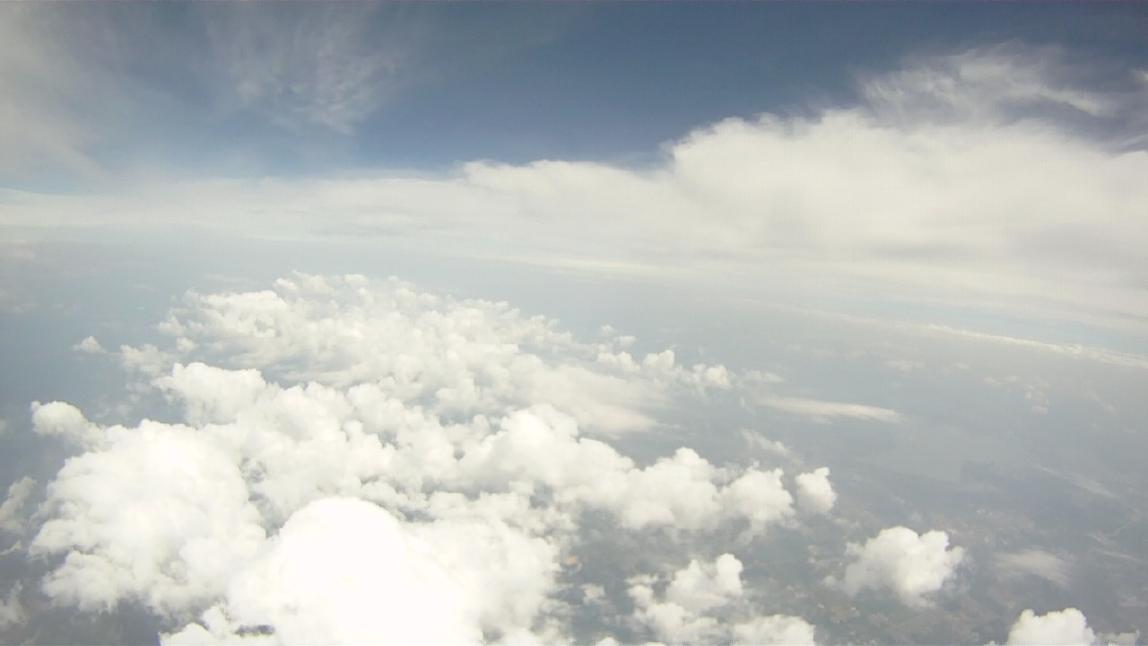 Above the clouds. 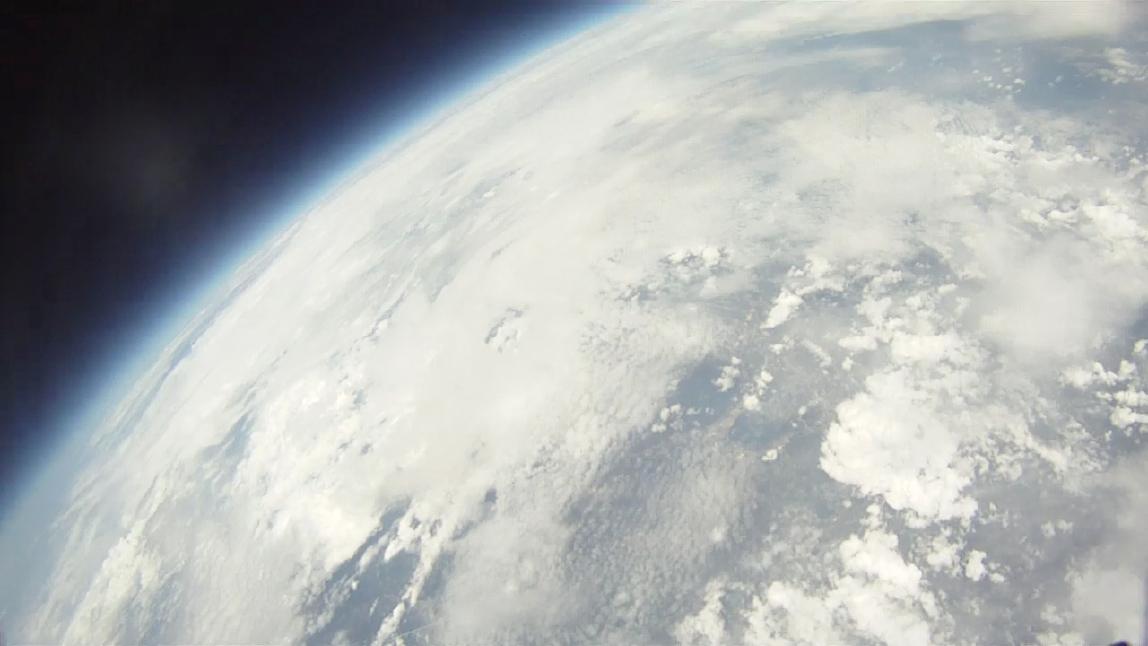 The overall flight was just over 2 hours- 1:20 up and 40 minutes down. |
.jpg)
Above: Pieces of the balloon fall back to the Earth. Below: A turbulent ride provides images of both tracking pods.

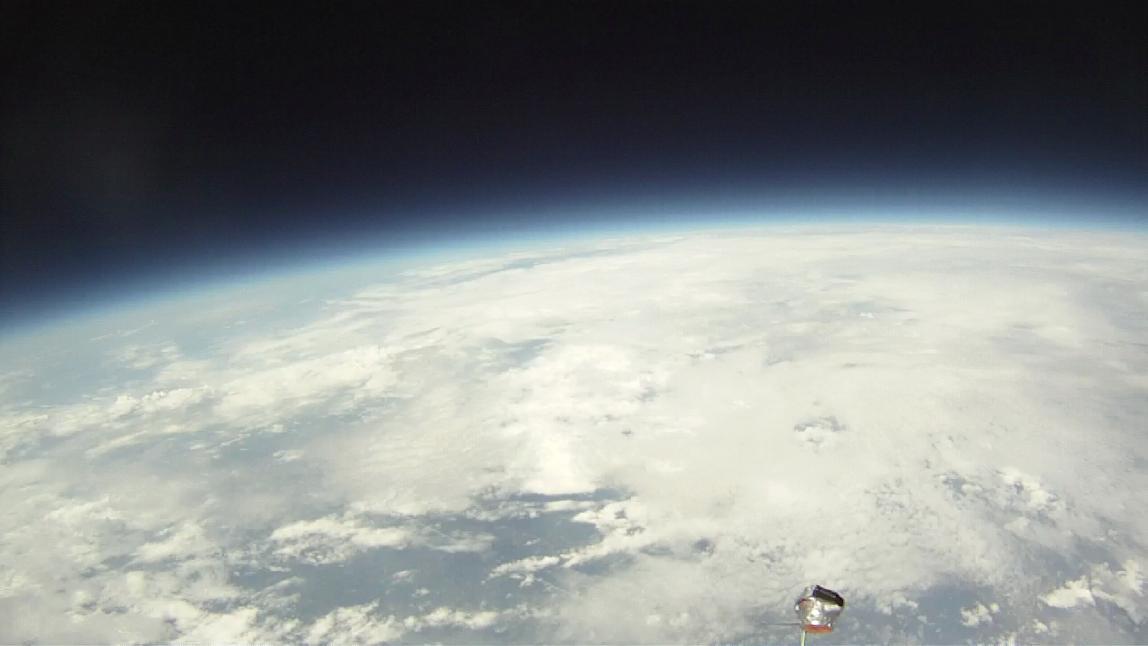 This is the last view of the speaker/dog collar tracking pod. It was shed at around 75,000 ft. on its return to Earth. 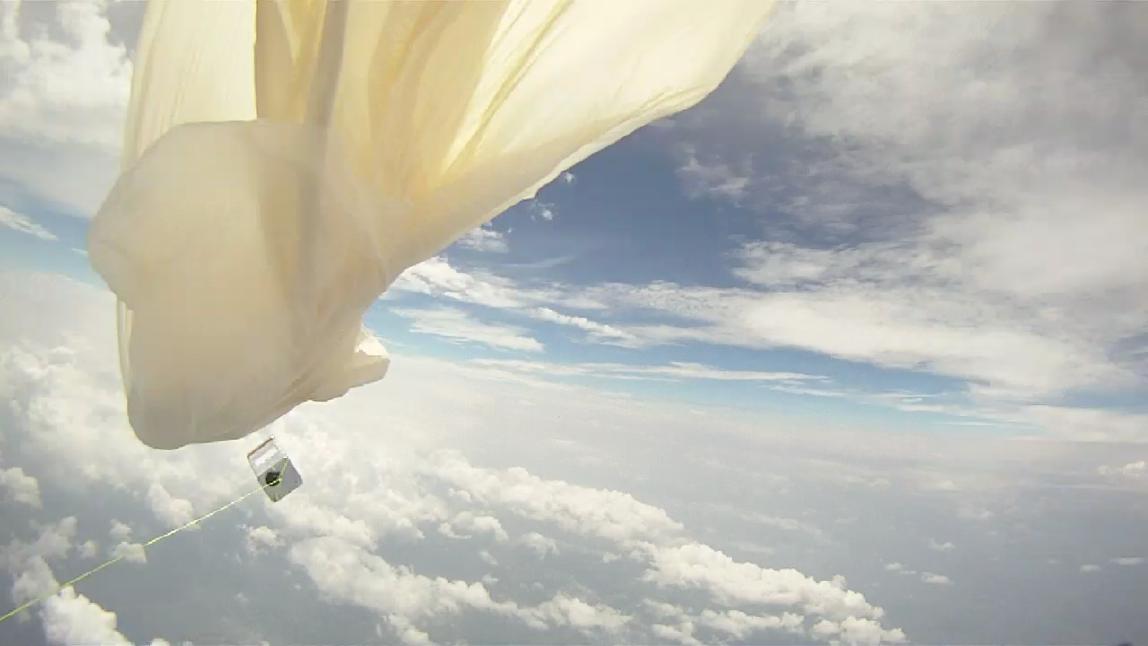 A majority of the balloon remained with the payload the entire flight. 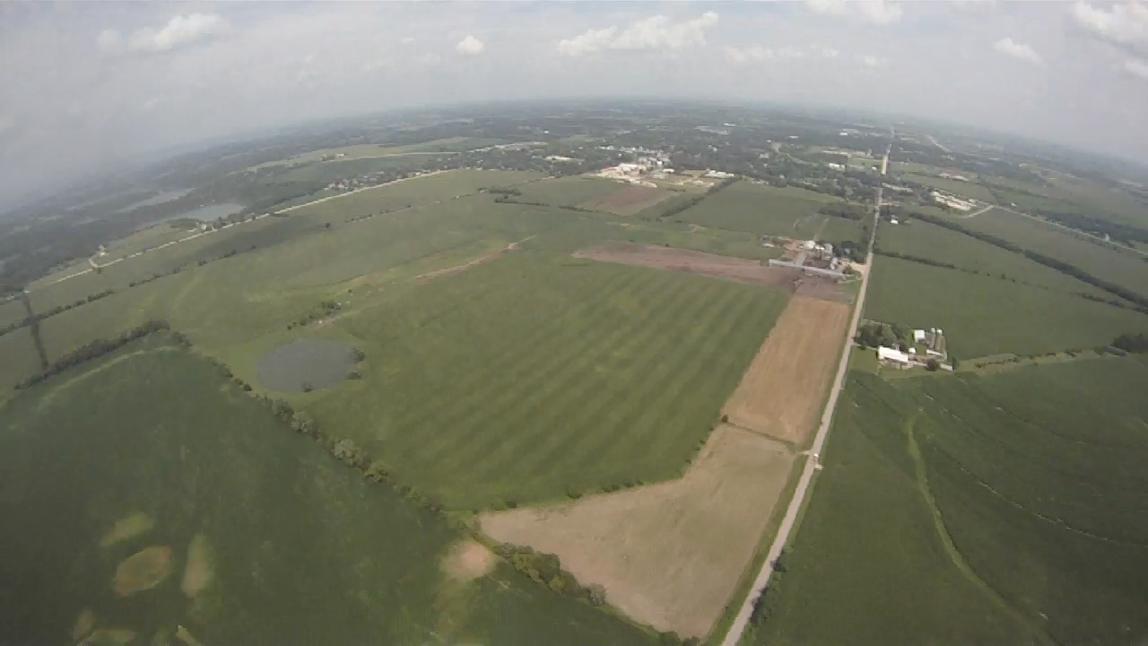 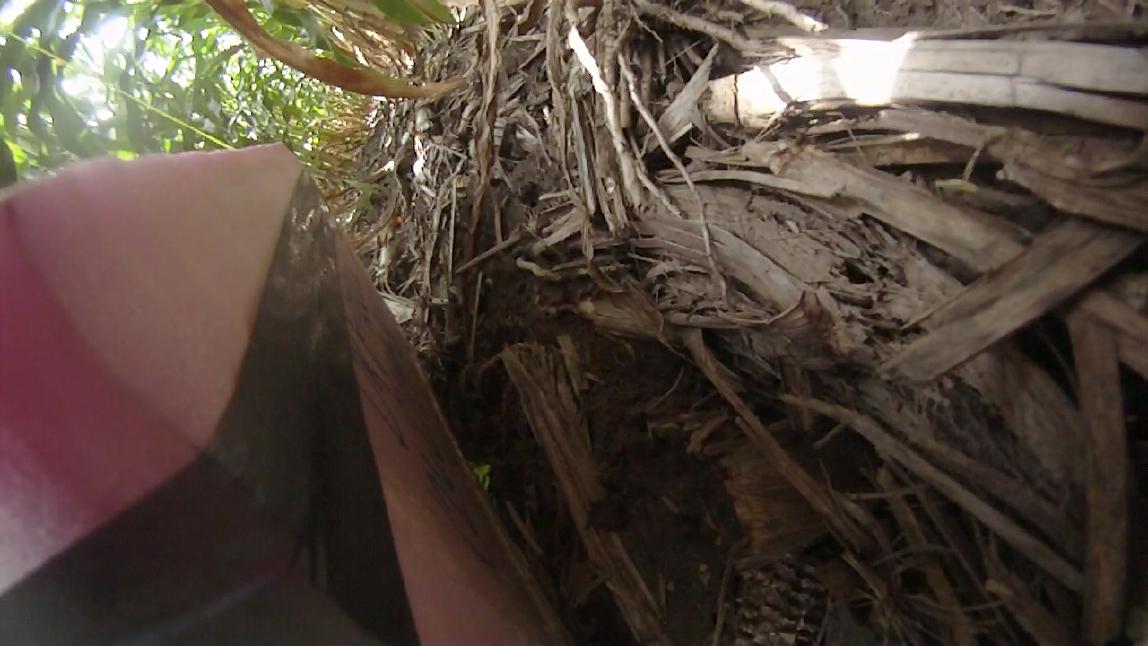 | 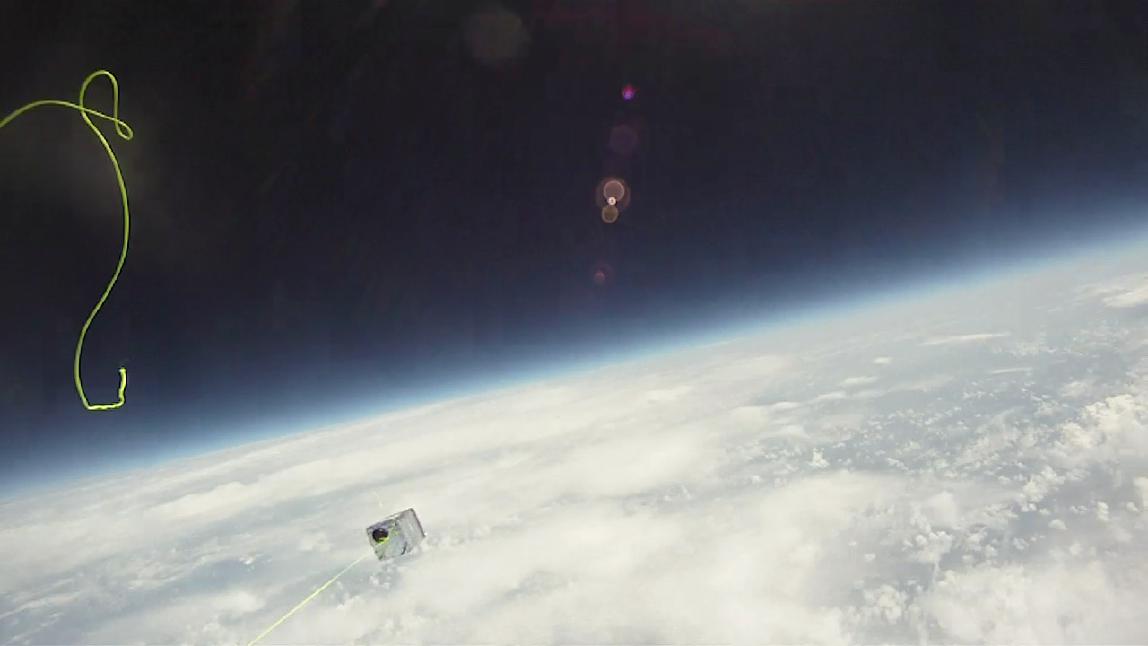 The pod to the left was lost and one of the two support lines were broken to the other tracking pod from the violent tumbling. .jpg) Normally the balloon breaks right at the neck, so this is unusual. 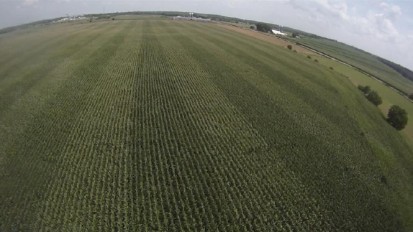 The landing site was a cornfield just outside of Milton, WI. The GPS pod sent us its last coordinate about 500 meters off the ground, which narrowed down the location. However, because the dog collar was lost, we were misled by a radio tower signal to the opposite end of the field. Only after driving around the field with the GPS receiver out the car window were we LUCKILY able to get the final resting coordinates. Using a hand held GPS, we were able to walk into the cornfield 20 feet from the unscathed payload. |
Mercury Project RPC Parts and Testing (Added July 22nd)
The are 14 parts altogether, which connect to form the assembly (right). Above: The vacuum was hooked up to a velometer to determine the airspeed at the vacuum inlet. Unfortunately, the bell jar test was inconclusive because the outgoing air affected the device substantially. Right: The vacuum was tested more effectively in the bell jar by measuring the height of water draw at pressures up to a simulated 30,000 ft. The results will allow us to approximate the pressure difference at all altitudes. |
Fully assembled, initial tests show that the Servo will work as expected. |
Breakdown Voltage Apparatus (Added July 2nd)
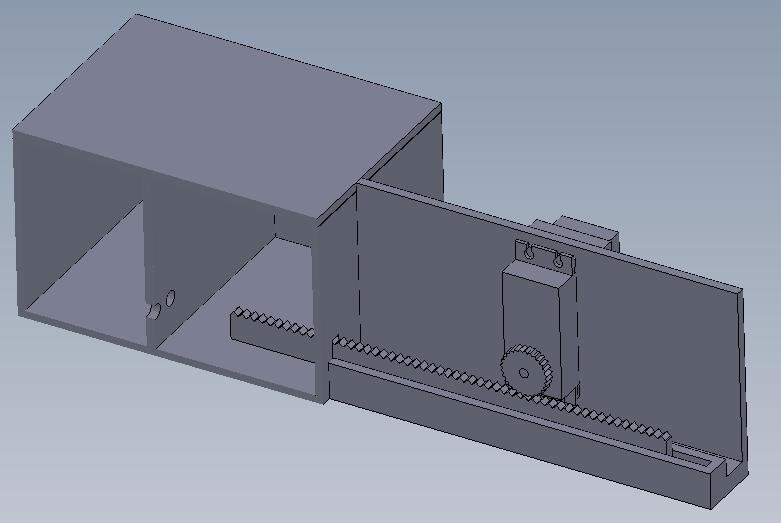
Mercury Assembly Part Breakdown (Added July 1st)

Retreat at Dr. Farrow's Cabin (Added June 9th) |
|